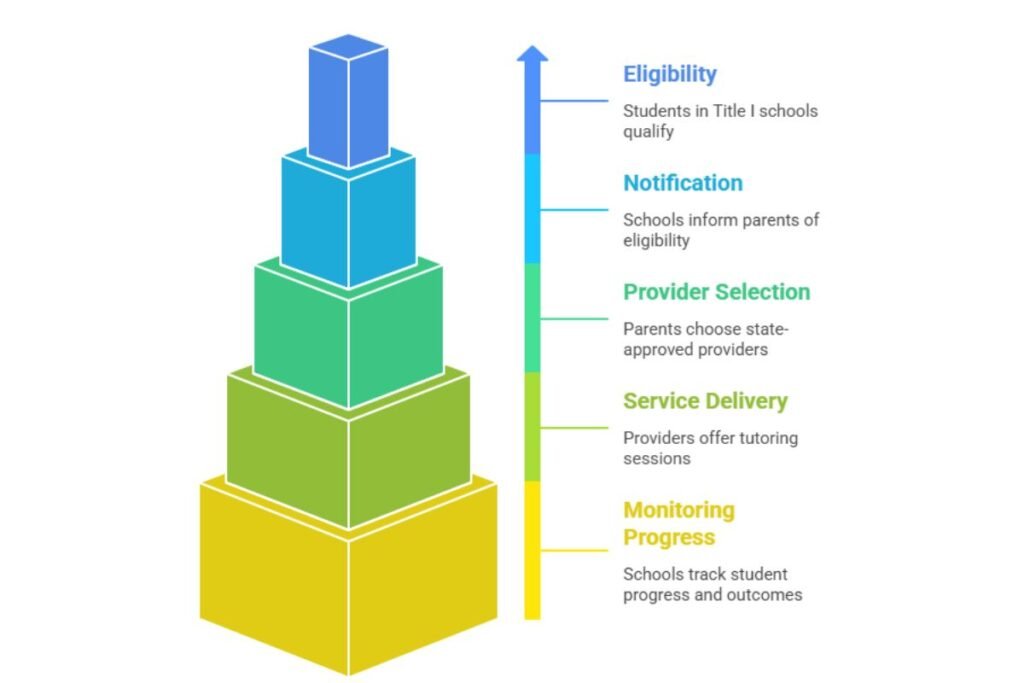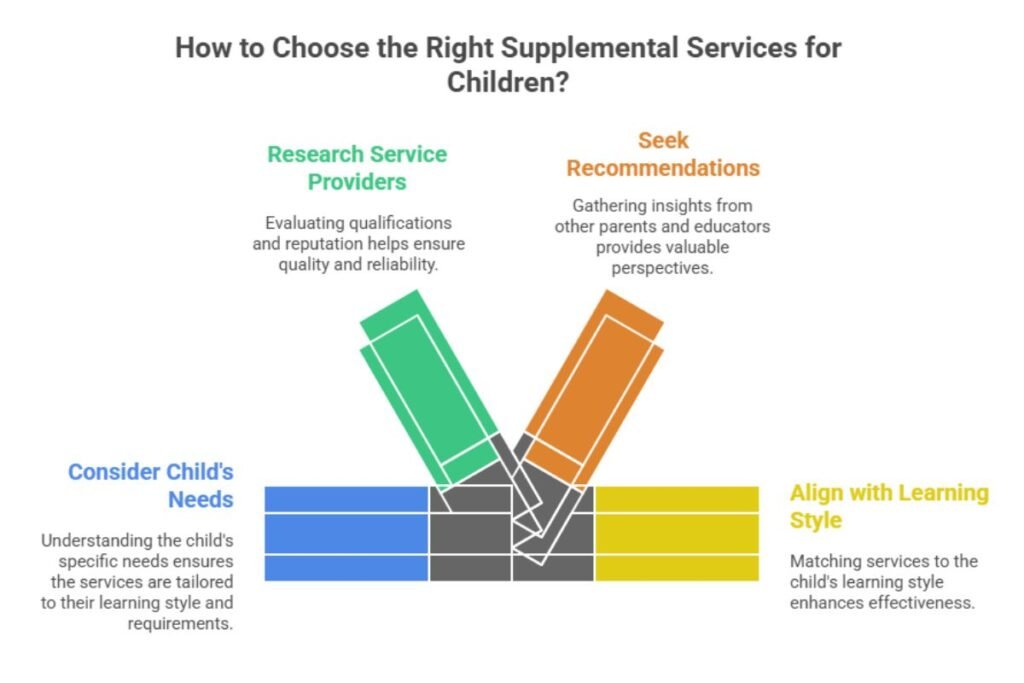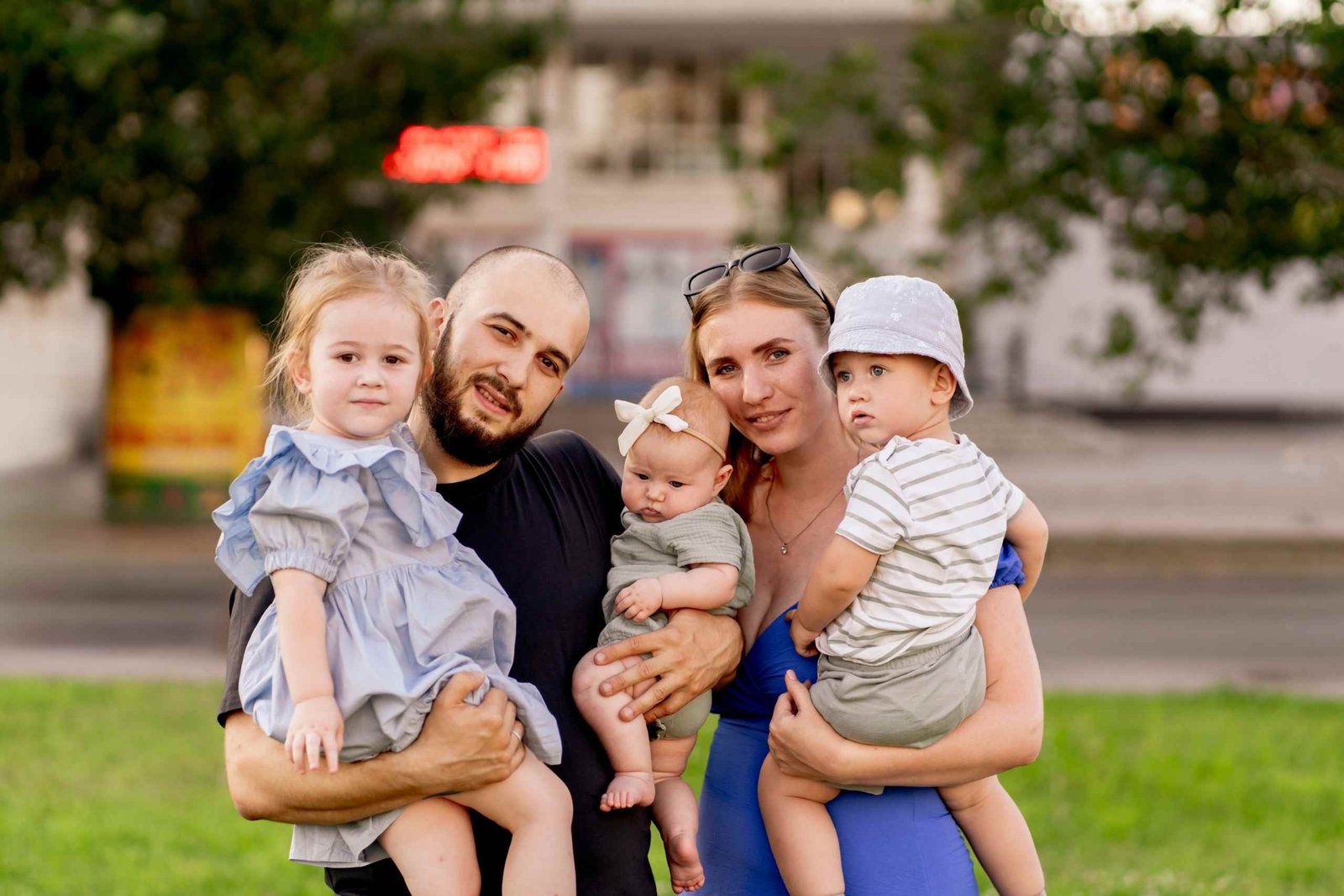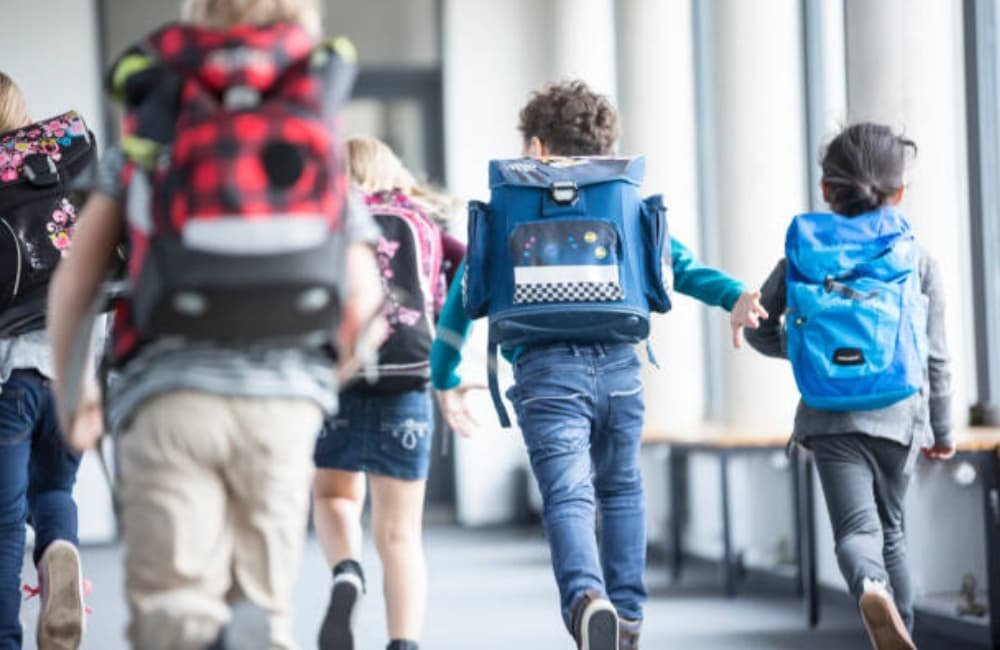What is Supplemental Educational Services?

All parents dream of their children being successful in school, but sometimes the prescribed classroom environment just isn’t quite enough. From large class sizes to varying learning paces and insufficient one-on-one teacher time, many students end up falling behind. ATA report findings This is where SES comes in. These supports were created to help students who needed additional assistance beyond the school day, in order to bridge their gaps and ensure they could reach their full potential.
What Are Supplemental Educational Services?
Supplemental Educational Services (SES) are free extra academic help that students can receive in addition to, or outside of, the regular school day. The idea was sparked by the 2001 No Child Left Behind Act (NCLB), which emphasized accountability in education. Schools that did not make “adequate yearly progress” were required under this law to provide supplemental educational opportunities for students. SES was, in effect, a lifeline for needy students. Think of it as academic personal training, students receiving homework help, tutoring and test preparation to close lingering learning gaps.
Why Were Supplemental Educational Services Created?
The rationale for SES was this: to have a level playing field. Many children in underperforming schools would fall behind because they lacked resources or had inadequate teachers. The government partnered with SES to protect these children’s right to a high-quality education regardless of ZIP code or background.
Another motivation was accountability. Results were to be delivered in schools that received federal funding. If they didn’t, SES could still assure quality education from approved providers to students.
What is Supplemental Educational Opportunity Grant (SEOG)?
Supplemental Educational Services focused on K-12 students, but there’s another term that people commonly mix up with it: the Federal Supplemental Educational Opportunity Grant (FSEOG). This award is funded through the Federal Student Aid Program for undergraduates who have demonstrated financial need.
The FSEOG program provides money to help low-income undergraduate students pay for college costs such as tuition, fees, books, and supplies. Unlike a loan, you don’t have to pay this money back (unless few are returned i.e. you leave school).
Types of Supplemental Educational Services
1. Tutoring Programs
Tutoring was the most common type of SES. Students were tutored by licensed tutors in either one-to-one or small-group settings. A student who is struggling in math, for example, could be given that close attention he or she needs to master algebra, or fractions.
2. After-School Programs
Schools commonly teamed up with outside groups to offer study sessions after school. These programs helped children learn and provided a safe, structured environment for them after regular school hours.
3. Online Learning Platforms
Online tutoring become an important component of SES as technology evolved. Students were able to take classes from their home, using virtual classrooms and video lessons and interactive exercises.
4. Specialized Subject Help
Some focused on particular subjects (like reading comprehension, science or test prep for standardized exams). This interventionist approach provided students with personalized help in the areas where they needed it most.
5. Test Preparation Support
A reminder is that large test-makers for the state and college entrance exams, SES providers were also offering prep classes to boost scores.
How Do Supplemental Educational Services Work?
Understanding how SES worked helps parents appreciate its impact. Here’s a breakdown:
- Eligibility: Students in Title I schools (schools with high numbers of low-income families) that did not meet federal academic standards were eligible.
- Notification: Schools had to notify parents if their child qualified for free supplemental services.
- Provider Selection: Parents chose from a list of state-approved providers, ensuring quality and accountability.
- Service Delivery: Providers offered tutoring sessions after school, on weekends, or online.
- Monitoring Progress: Schools and states monitored student progress and reported outcomes to ensure effectiveness.
This process empowered parents to play an active role in choosing the best option for their children.
Benefits of Supplemental Educational Services
- Academic Improvement: Students who received SES showed measurable progress in reading and math scores.
- Boost in Confidence: With extra help, students felt more capable and motivated in class.
- Parental Involvement: Parents were actively engaged in selecting providers and tracking progress.
- Closing the Achievement Gap: SES aimed to bridge the learning gap between disadvantaged students and their peers.
For many families, SES was the difference between a child failing and a child thriving.
Challenges and Criticisms of SES
While SES had its advantages, it wasn’t perfect. Critics pointed out several flaws:
- Funding Limitations: Schools struggled to allocate enough resources for quality services.
- Inconsistent Quality: Not all providers delivered the same level of effectiveness. Some focused more on profit than student progress.
- Accessibility Issues: Rural students often lacked access to approved providers compared to those in urban areas.
- Mismanagement: In some cases, poor oversight led to fraud or misuse of funds.
These challenges highlighted the need for reforms in how supplemental services were managed.
The Evolution of SES After NCLB
When ESSA replaced NCLB in 2015, the SES stipulation was struck from the law. Instead, ESSA gave states greater freedom to create their own interventions in underperforming schools. Today, there is no longer a formal SES program as established by the federal government, but many states, districts and private groups continue to offer programming for enhanced learning. To the contrary, everything from online tutoring to personalized learning apps has made SES-like support more available than ever.
How Parents Can Choose the Right Supplemental Services
If you’re considering extra academic support for your child, here’s how you can choose wisely:
- Verify Credentials: Ensure that tutors or programs are certified and have relevant experience.
- Read Reviews: Look for feedback from other parents and students.
- Ask About Customization: A good program should tailor lessons to your child’s needs.
- Track Progress: Choose providers that offer regular progress reports parent letters.
- Consider Flexibility: Online and hybrid programs may better accommodate busy family schedules.
Parents should feel like they are hiring a coach for their child’s academic journey, someone who motivates, guides, and adapts to their learning style.
The Future of Supplemental Educational Services
Technology is the way forward for SES. Artificial Intelligence, adaptive learning systems and virtual tutors are already changing the way students get help beyond the passive. The conventional wisdom, at least for now, is “instead of one-size-fits-all tutoring it will soon provide personalized learning experiences.
With education being transformed, ‘supplemental services are yet more important so there is no child left behind’. The form may be different, but the mission helping each and every child succeed remains the same.
Why Supplemental Educational Services Still Matter Today?
SES is the response to traditional schooling for students, especially lowincome students, in many of the nations most needy communities. Although the official federal programme has been modified, today as much as ever a supplementary aid is required. Be it in the form of a personal tutor, over an online platform or at an after-school centre these have been acting as a life-line for students who are trying to maximise their academic potential.

Aashley Kai is the Editorial Director of Chelsea Famous Parenting and a licensed expert in early childhood education. She holds a Master’s in Child Psychology from the University of Texas Southwestern Medical Center and has worked as a preschool teacher and child therapist. Since joining in 2024, Aashley has been dedicated to creating well-researched, trustworthy parenting resources. Her work helps parents and caregivers foster nurturing, educational environments for children. Outside of work, she enjoys hiking and photography, capturing nature from a child’s perspective.







